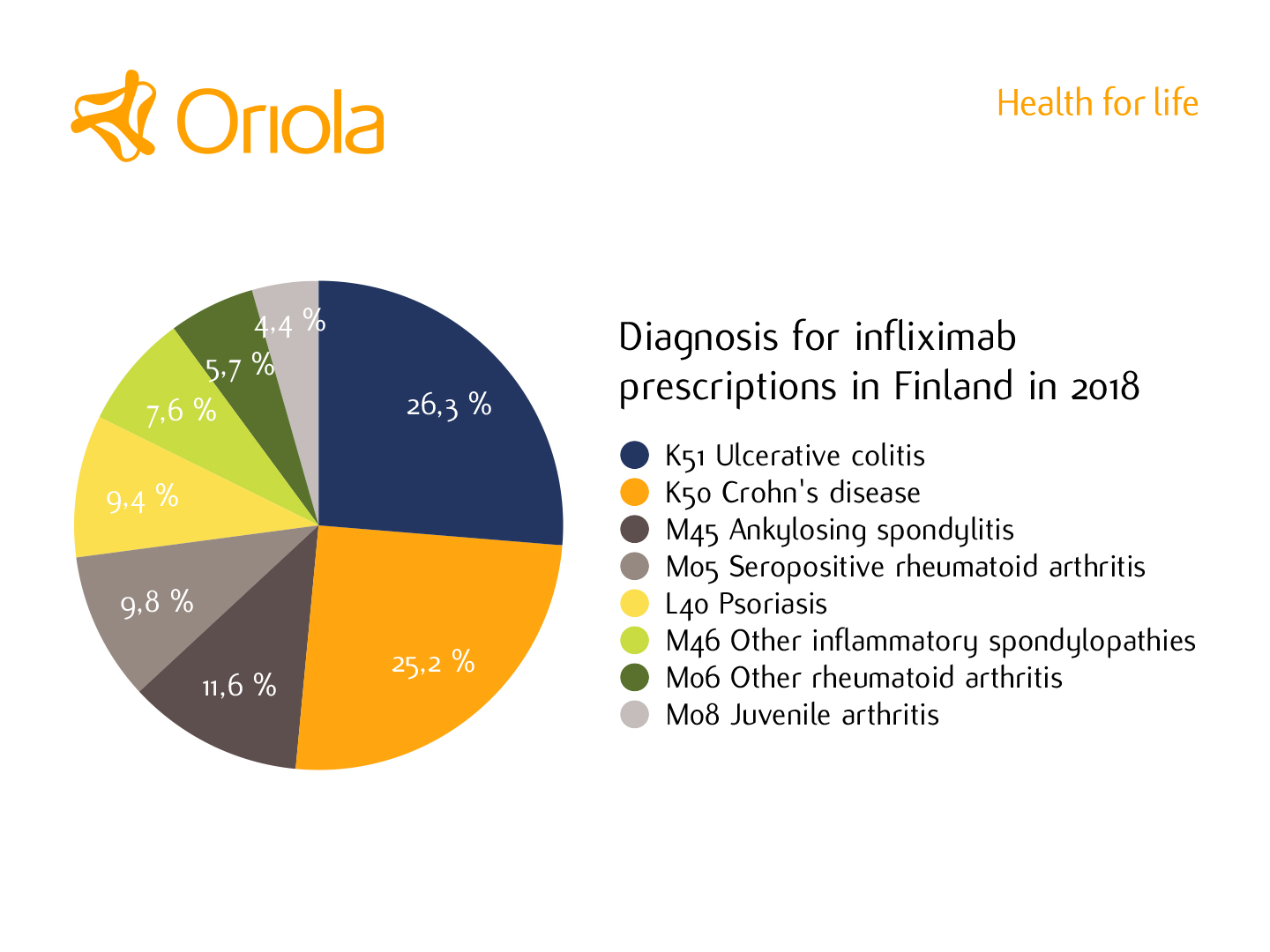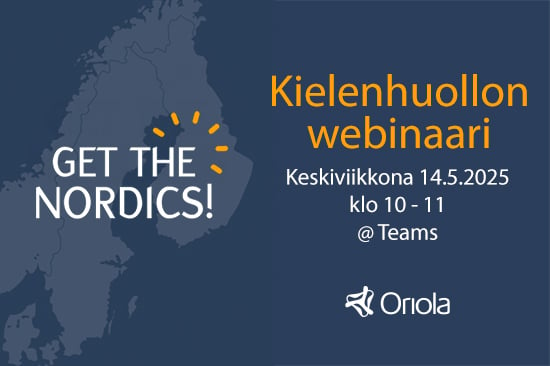A new SAMU service reveals novel insight on the use of medications
16.11.2020
Data-driven healthcare and modern medical research depend on having access to large well-curated data combined from many sources. However, combining anonymous data and being able to explore it interactively has been challenging. SAMU (Statistical Analysis on Medication Use) service was developed to offer a solution to this challenge: it provides a unique single point of access to health and medication data first in Finland and later also in other Nordic countries.
SAMU provides novel insight on the use of medication by using algorithms to collect and combine anonymous health data from various registers, including diagnoses, medications and demographics. The data is gathered from various registers in Finland, such as Finnish institute for health and welfare and Kela, the Social Insurance Institution of Finland.
“We are really excited to launch the new SAMU service first in Finland in the beginning of 2021 and later also in other Nordic countries. It will bring valuable information for our customers and other stakeholders to promote a healthier tomorrow,” says Samu Kurki, Principal Data Scientist at Oriola and the key developer of the SAMU service.
Algorithms for SAMU service have been designed to collect and combine information in the form of anonymous data. This means that data cannot be used to identify individuals.
Valuable insight for healthcare decision-makers
As SAMU service provides novel insight on medication market dynamics and other parameters, it can be an asset for pharmaceutical companies and other organisations to direct their business efforts more effectively.
“With SAMU, it is easy to analyse e.g. for which diagnoses medication has been prescribed, what do regional differences with certain diseases look like or what is the patient number of certain diseases. This kind of information hasn’t been easily available before, but it is much needed e.g. to allocate healthcare resources more efficiently and conduct data-driven feasibility analyses for clinical trials and real world evidence studies,” says Kurki.
Additionally, completed real world evidence research analyses can be taken to SAMU service for interactive exploration and for having a clear, visual view on e.g. what the main outcome looks like in different disease subpopulations. This will save both time and resources.
SAMU (Statistical Analysis on Medication Use) service:
- uses algorithms to collect and combine anonymous health data from various registers, including diagnoses, medications and demographics
- provides novel insight on the use of medication– information is presented in an interactive, user-friendly dashboard
- offers valuable information e.g. of the number of patients for planning data-driven feasibility analyses for clinical trials and real world evidence studies
- can be used for analyses of completed real world evidence research: visual dashboard enables interactive exploring of the outcome
- will be launched in Finland on the beginning of 2021 and later also in other Nordic countries

“With SAMU, we can e.g. see the diagnoses for prescriptions of infliximab, which is used to treat a number of autoimmune diseases. This kind of information hasn’t been easily available before,” says Samu Kurki, key developer of the SAMU service.


